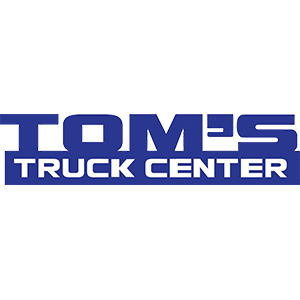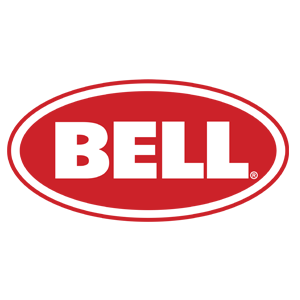A changing consumer should spell another strong year for the net-lease industrial sector, particularly in the inland regions of the Western U.S.
By Mollie Alteri, REBusinessOnline.com
The single-tenant net lease industrial market had another tremendous year of activity in 2019. Preliminary figures tell us last year should look a lot like 2018’s record-setting levels of investment sales volume where more than $32 billion of product traded. This back-to-back strong level of investment activity points to a growing trend in recent years – that net lease investors continue to be infatuated with industrial products – and for a good reason.
The way we consume goods is rapidly evolving, thanks to our consumer-driven economy. Priorities now include manufacturing and storing goods, ensuring distribution to retailers is done in a timely manner and, more recently, finding creative ways to put the most urgent of goods in consumers hands the very same day.
These considerations have created a new set of trends for the industrial and logistics sectors that may influence the investment sales market in the coming years.
Same-Day Delivery
Online sales continue to gain popularity. The demand for faster delivery has increased in recent years, with retailers having to offer two-, next-, and same day shipping to gain or maintain market share against competitors. But can this model be cost efficient and sustainable over time?
Right now, the focus remains on strategically building out the necessary infrastructure to meet increasingly tighter delivery timelines. For urban areas, this means significant investment in last-mile facilities – and these may not be the pristine Class A industrial buildings we’re used to seeing this cycle. We will increasingly see investment in dated or functionally obsolete industrial sites, or even the retrofitting of other asset classes to serve a logistics function. Then you have to consider Western markets where population density can be extremely low outside urban cores. Distributors will need to grow strategically for these consumers to be eligible for faster shipping times, and for retailers to balance the cost efficiency of infrastructure investment against the return from servicing these outlying consumers.
E-Commerce Growth
The continued rise of e-commerce has been influencing the retail and logistics markets for years, but it’s still a relatively new concept. So much of today’s focus on e-commerce related strategy and action is to prepare for the future. The industry still has much to do to build out the model for efficiency and profitability. This focus on future preparedness translates to outstanding opportunities for investors as logistics channels evolve and expand into new markets. We’re seeing this play out across the country, but nowhere is it more evident than in the non-core, lower-density markets of the inland West region.
As illustrated above, next-day and same-day shipping is being offered by more retailers to more customers. Companies will need to look at centrally located markets that can offer an abundance of inexpensive land for new developments. States like Idaho, Wyoming, Nevada, Utah and others may be on the radar for the next distribution hub or bulk warehouse.
Reverse Logistics
Much of the focus related to e-commerce and industrial/logistics growth has focused on getting goods and products to the retailer or consumer. But what about the reverse? Some experts estimate that between 15 percent and 40 percent of online purchases end up being returned. As retailers explore ways to off-set the ever increasing costs associated with customer returns, they may choose to evaluate their real estate strategies to realize cost savings. Could we see reverse last mile facilities pop up to accommodate return drop-offs? Or perhaps the introduction of a return locker concept offered by the logistics companies instead of the individual retailers? Maybe companies will choose to open new warehouse-retail stores where returns can be processed and then resold with minimal restocking and zero shipping costs? Regardless of the solution, real estate investors could be looking at the emergence of a new product type, or at least an increase in available supply of traditional space. That creates new opportunities.
These trends and others will undoubtedly have an impact on the future of the industrial sector, but the foreseeable outlook remains incredibly bright. Over the next year we expect to see continued stability in core markets and enhanced interest in secondary markets, as there tends to be increased liquidity in non-core assets. With debt still being very inexpensive, investors who have dollars to place will remain active yet discerning. Watch for investor activity across the net-lease industrial sector to be robust but disciplined in 2020.










